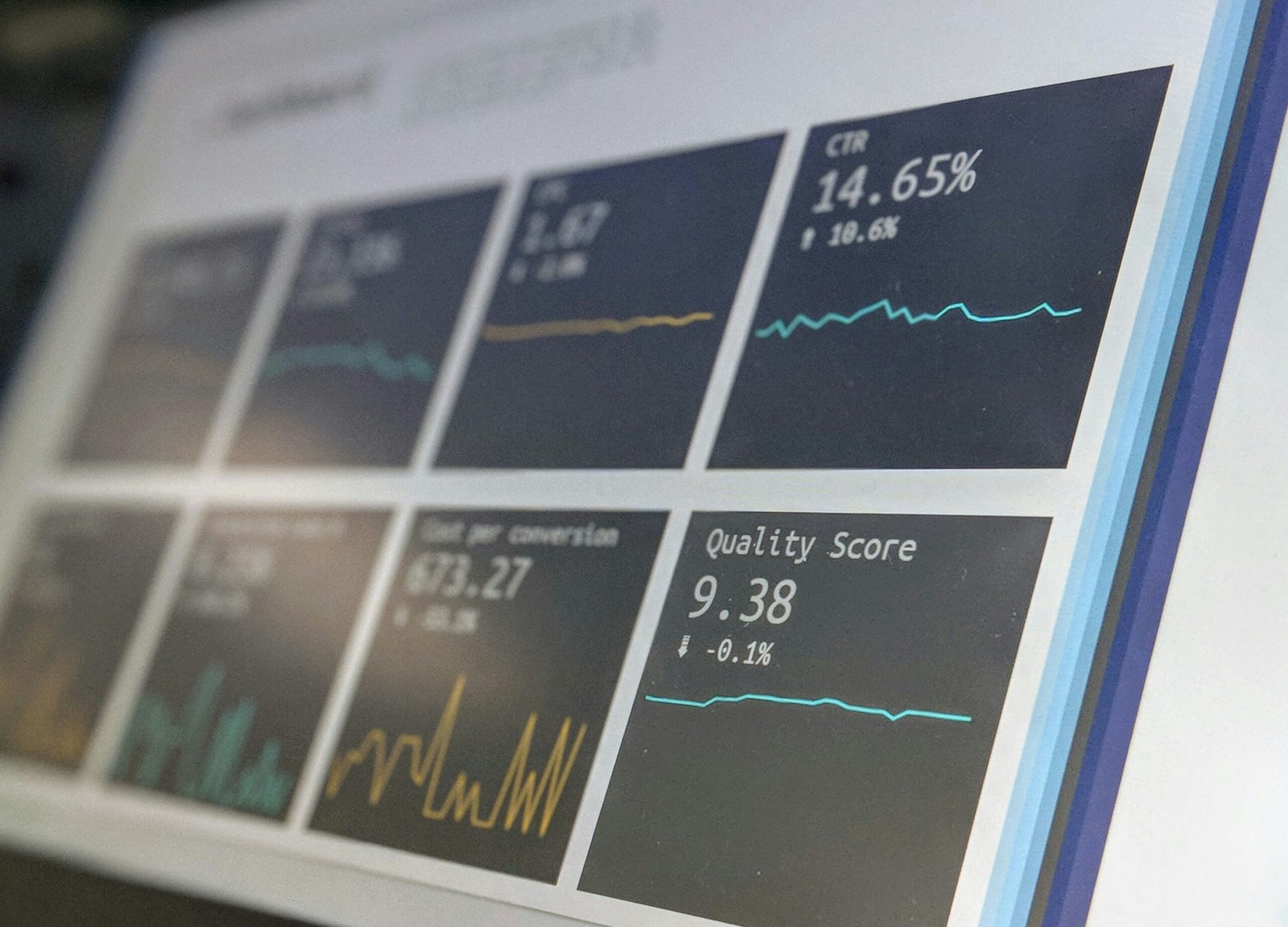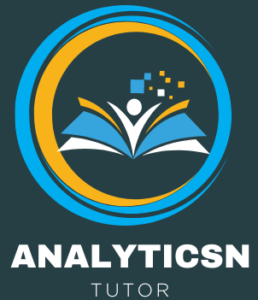
When it comes to analyzing data in SPSS (Statistical Package for the Social Sciences), descriptive analysis plays a crucial role in providing a summary of the main characteristics of a dataset. It helps researchers gain insights into the distribution, central tendency, and variability of their data. However, with a wide range of descriptive analysis techniques available in SPSS, it can be overwhelming to choose the right one for your specific research question or data type.
In this article, we will guide you through the process of selecting the appropriate descriptive analysis in SPSS, considering factors such as the nature of your data and the research objectives.
Understanding Your Data
Before diving into the various descriptive analysis techniques in SPSS, it is essential to have a clear understanding of your data. Ask yourself the following questions:
- What is the level of measurement for each variable in your dataset? Are they nominal, ordinal, interval, or ratio?
- What are the specific characteristics or patterns you want to explore in your data?
- Do you have any outliers or missing values that need to be addressed?
By answering these questions, you will be able to narrow down the options and select the most appropriate descriptive analysis technique in SPSS.
Common Descriptive Analysis Techniques in SPSS
1. Measures of Central Tendency:
Measures of central tendency, such as mean, median, and mode, provide information about the typical or average value of a variable. They are suitable for variables measured at the interval or ratio level. Use the mean when the data is normally distributed and the median when the data is skewed or contains outliers.
2. Measures of Dispersion:
Measures of dispersion, such as range, variance, and standard deviation, help assess the spread or variability of a variable. They provide insights into how much the values deviate from the central tendency. These measures are useful for interval or ratio level variables.
3. Frequency Distribution:
A frequency distribution displays the number or percentage of cases falling into different categories or intervals of a categorical or ordinal variable. It helps identify the distribution pattern and the most common values in the dataset.
4. Cross-tabulation:
Cross-tabulation, also known as a contingency table, is used to examine the relationship between two categorical variables. It provides a tabular summary of the joint distribution of the variables, allowing researchers to identify patterns or associations.
5. Descriptive Statistics by Group:
If you have a categorical variable that divides your data into groups, you can use descriptive statistics by group to compare the characteristics of each group separately. This technique is useful for analyzing the differences or similarities between groups.
Choosing the Right Descriptive Analysis Technique
Now that you are familiar with some common descriptive analysis techniques in SPSS, let’s discuss how to choose the right one for your research:
- Identify the level of measurement for your variables: Determine whether your variables are nominal, ordinal, interval, or ratio.
- Consider the research question: Think about the specific characteristics or patterns you want to explore in your data. Are you interested in the central tendency, dispersion, or relationship between variables?
- Review the assumptions: Some descriptive analysis techniques have specific assumptions, such as normality for measures of central tendency. Make sure your data meets these assumptions before applying the technique.
- Consult statistical resources: If you are unsure which descriptive analysis technique is most appropriate for your data, consult statistical textbooks, online resources, or seek guidance from a statistician.
By following these steps, you will be able to select the right descriptive analysis technique in SPSS that aligns with your research objectives and the characteristics of your data.
Conclusion
Descriptive analysis is a fundamental step in data analysis, providing researchers with valuable insights into their datasets. By understanding the nature of your data, considering the research objectives, and reviewing the available descriptive analysis techniques in SPSS, you can make an informed decision and choose the most suitable technique for your analysis.
Remember, there is no one-size-fits-all approach when it comes to descriptive analysis in SPSS. It is essential to tailor your choice to your specific research question and data characteristics to ensure accurate and meaningful results.
More Articles

10. A Secret to Data Transformation
What is data transformation? A woman presenting data, a hand holding a medal, two people chatting, a ship’s wheel being...
Learn More >


Leave a Comment
You must be logged in to post a comment.